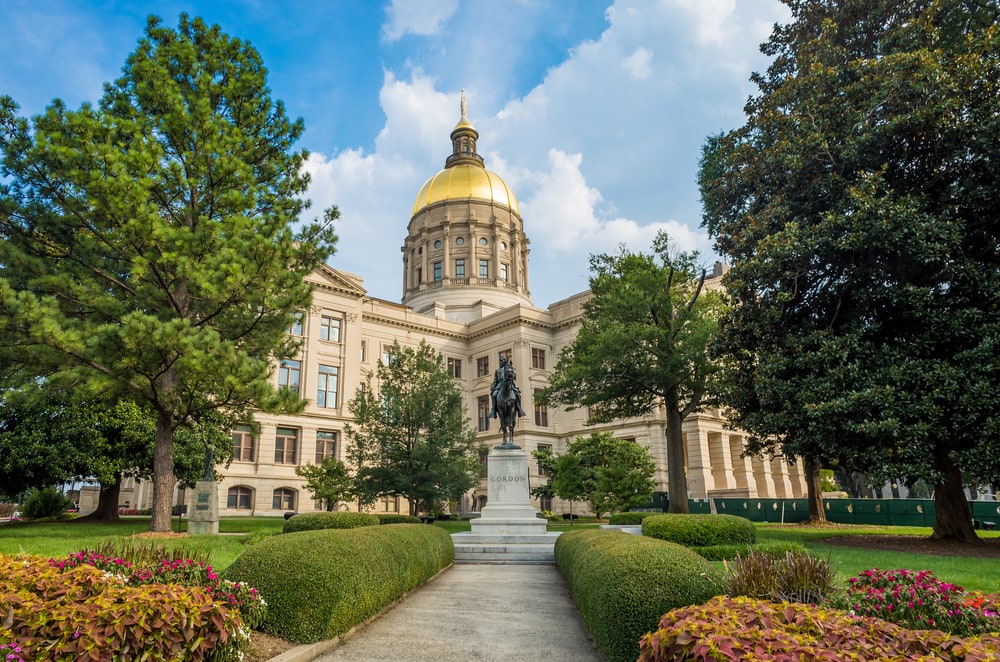Should we be worried about the big beer merger?
Last month, AB InBev and SABMiller announced they had agreed to join forces. The proposed $106 billion deal would unite the makers of two of the best-known American lagers, Budweiser and Miller. Together, the two firms would account for a third of the world’s beer output and half the beer industry’s profits.
The deal is not particularly surprising, as beer mergers are frequent. AB InBev itself was the product of multiple mergers. Brahma and Antarctica combined into AmBev in 1999 and AmBev became InBev in 2004 by merging with Interbrew, the Belgian company best-known for Becks and Stella Artois. (Interbrew, by the way, was formed in 1988 through Stella’s acquisition of Piedboeuf Brewery.) In 2008, InBev bought Anheuser-Busch and AB InBev was born.
SABMiller, likewise, is the product of multiple mergers and complex deals. It formed in 2002, when South African Breweries bought Miller Brewing from Altria, the U.S. tobacco company. Canada’s Molson and Colorado’s Coors merged in 2005, and SABMiller partnered with Molson Coors Brewing Co. to establish MillerCoors in 2007.
The AB InBev-SABMiller deal has made some beer drinkers anxious. Lovers of Miller and Miller Light may wonder, “Will Bud kill off these competitors to Bud and Bud Light?” Other observers fret the merger will produce a big beer monopoly.
Neither of these outcomes will occur. AB InBev is jettisoning Miller in the process. The agreement requires SABMiller plc, a London-based beer conglomerate, to sell its stake in MillerCoors. The beneficiary of this divestiture is Molson Coors Brewing Co., which would become the outright owner of the U.S. breweries that make Miller beers. AB InBev’s portion of the U.S. market will not increase.
SOURCE: Beer Marketer’s Insights, 2014
The objective of this deal is not to increase its domestic market share. Per-capita North American and European demand for alcoholic beverages has declined generally since 1980, and wine and spirits have nibbled at beer’s control of the cup. Beer now accounts for less than 50 percent of alcoholic beverages purchased domestically. Craft brews, which are growing by leaps and bounds, also have eaten into big beer’s market share. Last year, Bud’s chunk of the U.S. beer market slid 10 percent, from 50 percent to 45 percent. Some 4,000 breweries are operating in America today.
Instead, the merger’s aim is to expand AB InBev’s business in markets outside America. Emerging markets are where the profits are. SABMiller earns 72 percent of its profits in places like Africa and South America. Thus, it is the SAB portion of MillerSAB that is of real interest to AB InBev, as owning it gives the company access to the growing African market.
Some in Congress are worried about the deal. Legislators fret over possible job losses due to brewery consolidations. Whether any such thing will happen is anyone’s guess, and quite frankly none of Congress’ business. A few senators have sent a letter to the Department of Justice. It is a bit of a head-scratcher. It notes that craft beer is booming, with 3,739 of them in business. The letter then complains that big beer is engaged in a “dangerous plan to constrain distribution channels.” The missive offers no evidence of vertical monopoly building. Again, the two big beer companies have lost market share.
If Congress really wanted to ensure the beer business remains competitive, it should hold hearings on state government practices that reduce consumer choice. The continued requirement that brewers sell their beer to distributors, who then sell it to the public, is one such policy. It permits wholesalers to become gatekeepers. So, too, are the corrupt franchise rules, which stifle choice by locking retailers into agreements with distributors.
Before the AB InBev deal is completed, it will be subject to Justice Department review. Section 7 of the Clayton Act forbids mergers or acquisitions that could diminish competition. With AB InBev’s share of the U.S. market staying the same, it’s hard to see how the DOJ could reasonably object.








